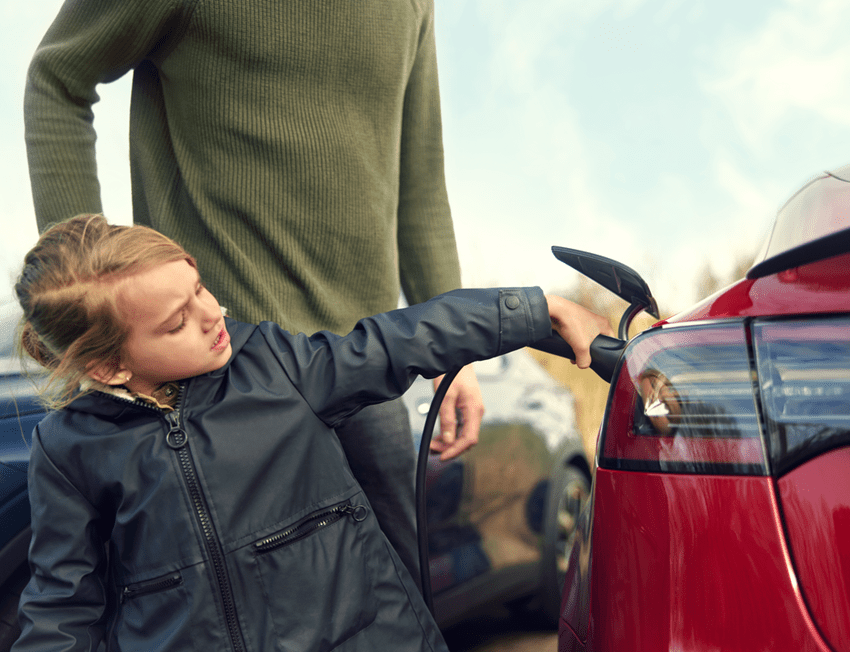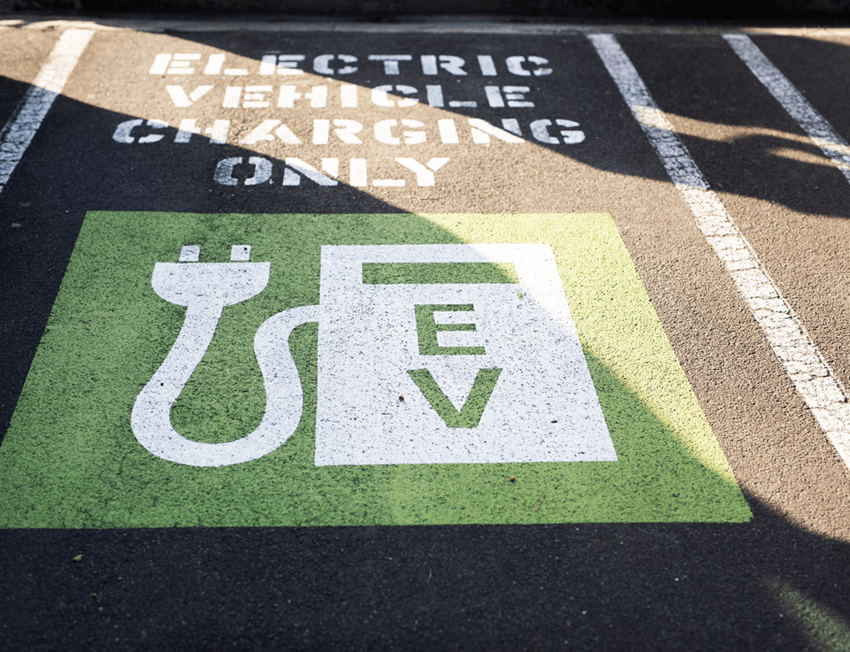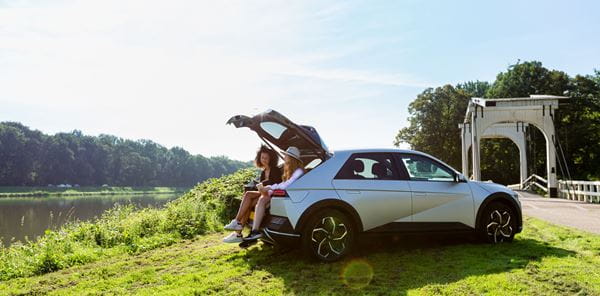
The emission-free company car: white smoke at last
White smoke. And not from the exhaust of a car. There is finally an agreement within the government on the greening of the Belgian car fleet. Although company cars only account for a small 10% of the total number of cars on the road, the government parties realise that this is the fastest way to achieve emission-free driving. And to a quieter environment with cleaner air. As of 2026, emission-free cars will be the norm. The government’s approach consists of three pillars: (further) stimulating carbon-free company cars, investing in charging infrastructure and extending mobility budgets for employees.
We are more than happy about that. There was some apprehension beforehand, but what matters is that existing contracts are not affected. Choices are not affected either. It will still be possible to have or keep a car that runs on fossil fuel, if that is what you want. In a transitional phase, however, the tax deductibility of such models will decrease year by year to reach zero in 2028.
1. Legal certainty in terms of taxation
In terms of taxation, we now also have greater legal certainty. Whereas in the past we were confronted with rapidly changing rules regarding deductibility and benefit in kind, we now see a clear multi-year plan in which emission-free passenger cars (including minibuses) will remain at least 100% deductible until the end of 2026. From 2027 onwards, it will drop to 95% and then gradually to 67.5% in 2031. This may seem quick, but we will be ten years on by then.
A lot can change in a decade: better technology, a wider range of products and cheaper models. I think the government wants to avoid a failing policy like the over-subsidised solar panels, where the subsidy remained too high for too long, while the prices of solar panels had dropped by more than 50% at one point. Moreover, our experts predict that the prices of electric cars will fall quickly and the supply will increase exponentially. By 2022, you will be able to find a zero-emission alternative for every brand in every segment, at the same price or even cheaper than the combustion engine equivalent.
2. More charching stations
So, supply is not the biggest bottleneck. The charging infrastructure is. Those who drive electric cars must be able to recharge them. So does anyone driving with hydrogen. Currently, the network of charging stations is very limited. The tax incentives are therefore more than welcome. The bill makes a distinction between support to companies and to individuals: companies can receive a deduction percentage of up to 200% for the investment in charging infrastructure (until the end of 2022, after which it will drop to 150% until 31 August 2024). Private individuals who make the investment can count on a tax reduction of 45% in the first year with a maximum of EUR 1,500 per charging station and per taxpayer. As a leasing company, we were already actively working on this and included the installation of a charging station in the leasing contract for electric company cars
3. More flexible mobility budget
The third pillar is the mobility budget. In the past, this was 'complex' and there was also much confusion due to the almost simultaneous offering of 'cash for car'. The simplification that is now in the agreement also responds better to the current trends towards mixed mobility. Today's employee drives a car, but also rides an e-bike and sometimes takes public transport (if only for the last mile in town). The new constellation thus offers the employee the necessary flexibility to adapt his means of transport to the needs of the moment.
As a leasing company, we welcome this agreement. But it will take a lot of work to make it happen. We started our own journey towards zero-emission driving in 2017. With the necessary learning process, we will succeed in making our own fleet 100% electric by the end of this year. Today we are already at more than 70%.
We are the forerunners in this, but look... today the government has also set this date as a target.
However, you don’t have to wait until 2026. Thanks to our own EV journey, we have the necessary experience, integrated solutions with charging stations and charging cards, and a wide choice of electric cars. Together, we can already make your fleet emission-free today.







